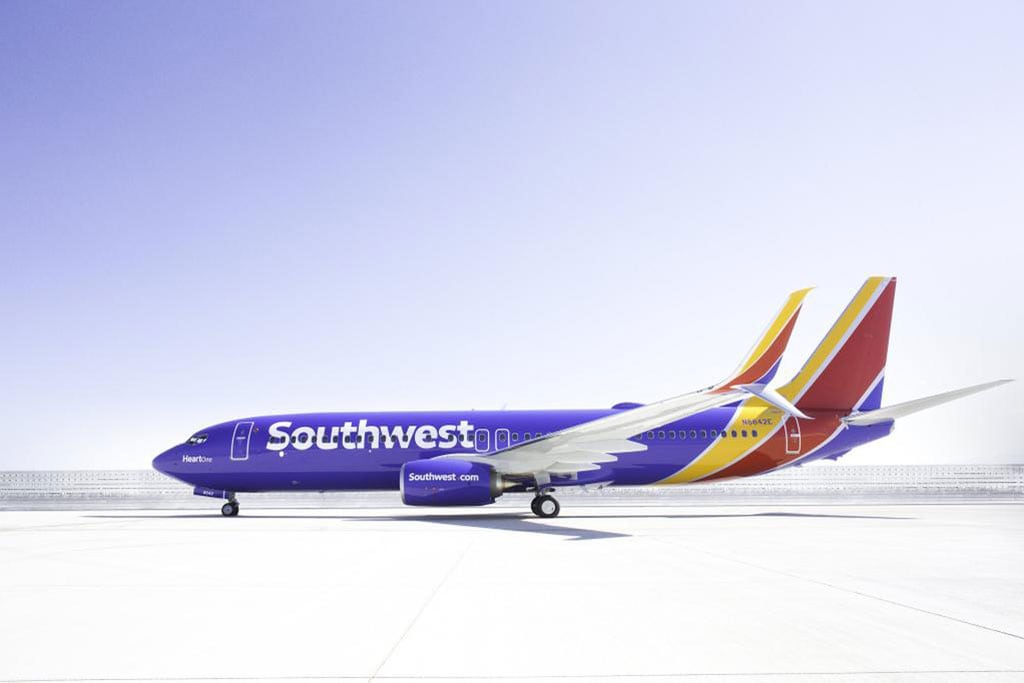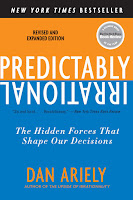Sadly, this is my final blog post for BU-215 Marketing. This experience taught me a lot and hopefully you have enjoyed reading about the topics I've covered relating to Marketing with Southwest Airlines as much as I've enjoyed sharing them. In this final post I am going to reflect on the stated outcomes and objectives of this course.
We learned about the marketing mix which included price, product, promotion, and place. Our objective in this aspect of the class was to become masters of the four P's . The marketing mix is basically a foundation for many of the other principals that we covered. In each area there are different variables to consider, all of which influence the success or failure of every businesses. I learned how to adjust each of the "four P's" through the marketing simulation and I learned how to analyze marketing operations of real business like South West Airlines through these blog entries. In addition to this, I was able to focus on, and practice identifying some of the elements of the marketing mix through the example advertisements that I presented to the class. The ads that my classmates presented also helped with this. For each presentation I spoke about the product being advertised, the place that it was advertised, what about the product was being promoted, and the price of the product. However basic the marketing mix may sound, each of the elements and how they influence a consumers likeliness to buy a product, dictate whether the product sells or not.
I also applied new analytical skills through the simulation as our financial standings were measured and established. As far as the simulation goes, through analysis of our groups financial standings on our financial statement, I was able to make more informed decisions that helped our team to succeed. Our main objective here was to examine exactly how much it cost to produce, promote, and distribute our product, as well as establish how much we would need to make in order to break even and then profit. This was extremely helpful when it came to making decisions about how we would go about presenting our backpacks to our targeted market segment. Equally important in trying to assure that our product was as appealing to our target market as possible using feedback from our targeted audience. We found a bag that shared characteristics consistent with what our market segment valued and then presented it where we could reach as much of our segment as possible, we promoted the product in places where our segment would see it and not in places that the wouldn't, and we made solid margins by selling at a high price that was still in our targets price range, maximizing profit.
.JPG)
One objective that was particularly interesting was our exploration of new business innovations. It became apparent, that when looking for innovation in the market that connects all of us, Amazon is a really amazing innovator. In class we discussed some of the distribution tactics on the horizon for Amazon. The process of automating many of the roles that human workers traditionally play is always going to be the future when it comes to improving efficiency. Drones sent to deliver goods to customers, robots that pick out and sort through enormous warehouses full of a seemingly infinite array of products, and algorithms used to organize goods in a way that makes for the most efficient distribution process are just a few of the ways Amazon is making it easier to consume products from other businesses that produce goods.
lastly, an objective that was especially important in my mind came about through a connection that I made from one of my economics classes to what we were discussing in BU-215. Elasticity is a concept that is one of the most important things to understand when it comes to figuring out how to compete most effectively. Knowing what options consumers have when it comes to deciding on a product that they might buy, what other price options there are, how essential the product is to the consumer in day to day life, and how much of their income they are willing to sacrifice in exchange, are some of the major points summarized through calculation of elasticity. Elasticity is fascinating to me because it measures the value of a product relative to every thing else people spend their money on. We talked in class about how elasticity can be influenced by price and how price should consider the elasticity of demand for a given product.
https://youtu.be/HHcblIxiAAk *Copy and past this URL to watch a good video that explains elasticity
Overall, this class helped me to gain a better understanding of how the successful operation of a business is dependent on the major roles that marketers play. Marketing is about more than just ads as even I my self had a preconceived and misinformed notion of prior to completing this course. Maybe one day I will find my self playing the role of a marketing expert for a business, and if I do, this course will have been a good way to establish a solid foundation of marketing principals. I'd like to thank Professor Nelson for being an engaging professor who was able to present the tools I needed to obtain in order to understand the world of marketing. By sticking to the course objectives seen in the syllabus we covered a lot of important information that I may not have been able to grasp had I not been enrolled in the course.
Thanks for reading!
















